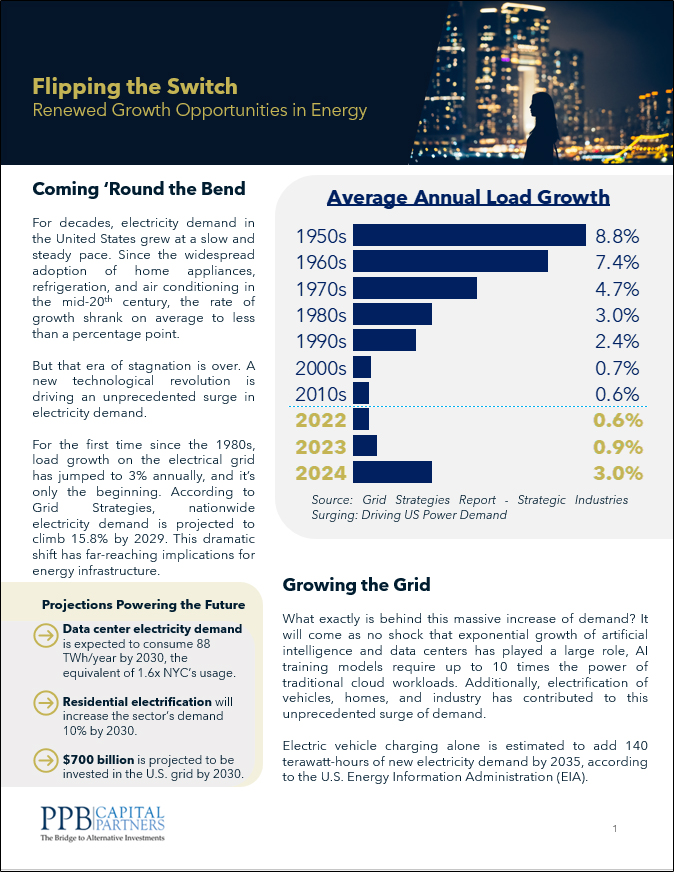
Today’s Structured Credit Markets and Collateralized Loan Obligations (CLOs)
August 28, 2019
Collateralized Debt Obligations (CDOs) were notorious for their role in the credit crisis. The lack of proper diligence in underwriting and the lack of quality controls at the banks and credit agencies all lead to reduced lending standards. As a result, CDOs invested in subprime loans that were severely overvalued for the default risk that they contained. Today, investors hear more and more about Collateralized Loan Obligations (CLOs) and immediately associate these investments with the CDOs of the past decade that brought down entire financial institutions. While CLOs are structured in a similar manner as CDOs in how they distribute income, the underlying loan pools that comprise CLOs have significant differences in quality compared to the investments CDOs made in subprime securities during the early and mid- aughts.
CLOs are a collection of senior secured floating rate bank loans- the senior most part of any company’s capital structure. As such, the last place any company would default would be on its bank debt as it would be done as a business. Historically, these loans have a default rate around 3%. As a managed pooled portfolio of these loans, rated CLO securities have historical defaults rates at less than 0.50% over a twenty-year period through 20131 (which includes the credit downturns from 2000-2002 and from 2007-2010).
While CLOs didn’t suffer defaults during recent periods of distress, it is important to note that they are marked to market. This led to price volatility during the credit crisis as CLO managers were unable to get appropriate marks. Investors were eventually rewarded as prices rebounded sharply in the following years to reflect the true fundamental value of the loan pools. Advisors need to be cognizant of the fact that there could be similar price volatility in the future as they evaluate the space.
CLOs offer investors attractive yields with interest rate protection through floating rates. Unlike the CDOs that invested in subprime mortgages, CLOs are investing in the most senior secured bank loans of companies. In addition, leveraged loan default rates dropped below 1% earlier this year compared to their 3% historical average. While we like the strategy, it is important to partner with an established CLO manager with a deep credit background to navigate the leveraged loan market as issuance continues to grow in the face of a slowing economy and escalating trade tensions.
For more information on CLOs and other alternative investment strategies, please contact me.
Frank Burke, CFA, CAIA
Chief Investment Strategist, PPB Capital Partners
484.278.4017 Ext. 108
Photo by Matthew Guay on Unsplash
1Includes all US cash flow CLO tranches ever rated as of year-end 2013. Default rate equals number of rated tranches that had ratings lowered to “D” divided by total number of ratings. Defaulted data excludes two non-deferrable CLO tranches with ratings lowered to “D” following interest shortfall, then subsequently raised following full payment of interest, interest-on-interest, and principal. Source: S&P “Twenty Years Strong: A Look Back at US CLO Ratings Performance from 1994-2013”, Citi Structured Product Research, Wells Fargo “CLO Primer” Mariner Investment Group LLC



